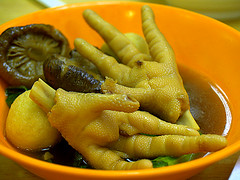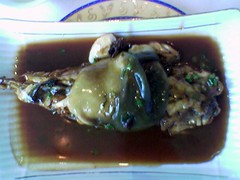By Michael E. Telzrow
Lucia Cruz, a 74-year-old Panamanian grandmother, and at least 365 of her countrymen died last year from ingesting tainted medicine. Somehow a deadly chemical had found its way into cough syrup produced in a government laboratory. What Panamanians thought was a harmless over-the-counter drug turned out to be an elixir of death. Local doctors were mystified by Cruz's initial symptoms. Unable to explain the rapid onset of acute kidney failure, they directed her to a public hospital. More disturbing was the fact that Cruz was not alone.
Dozens of other Panamanians were exhibiting the same symptoms. Dr. Jorge Motta, director of the Gorgas Institute, a joint U.S.-Panamanian medical initiative conceived to combat avian flu, suspected an emerging infectious disease. "Was it West Nile or E. coli or some post-influenza disease? Could it run through the population?" thought Motta. Neither he nor others, like Dr. Cirilio Lawson, the general director of the Ministry of Health, knew what was sickening the population. They only knew that it was spreading quickly, and that it was deadly.
While Panamanian doctors and officials worked to discover the cause of the sudden syndrome, Cruz and dozens of others lay in agony as the supposed disease ravaged their internal organs. Wracked by nausea, vomiting, and high fever, Cruz watched as her limbs swelled to twice their normal size. Her painful journey came to an end just weeks after the onset of symptoms. Her doctors, fearful that she had succumbed to a deadly communicable disease, advised her family to cremate her body.
In the following months, government officials successfully identified the cause of the illness as diethylene glycol - a highly toxic organic solvent commonly found in anti-freeze and other industrial applications. Its source was contaminated cough medicine. By then over 300 Panamanians lay dead.....FULL STORY





No comments:
Post a Comment